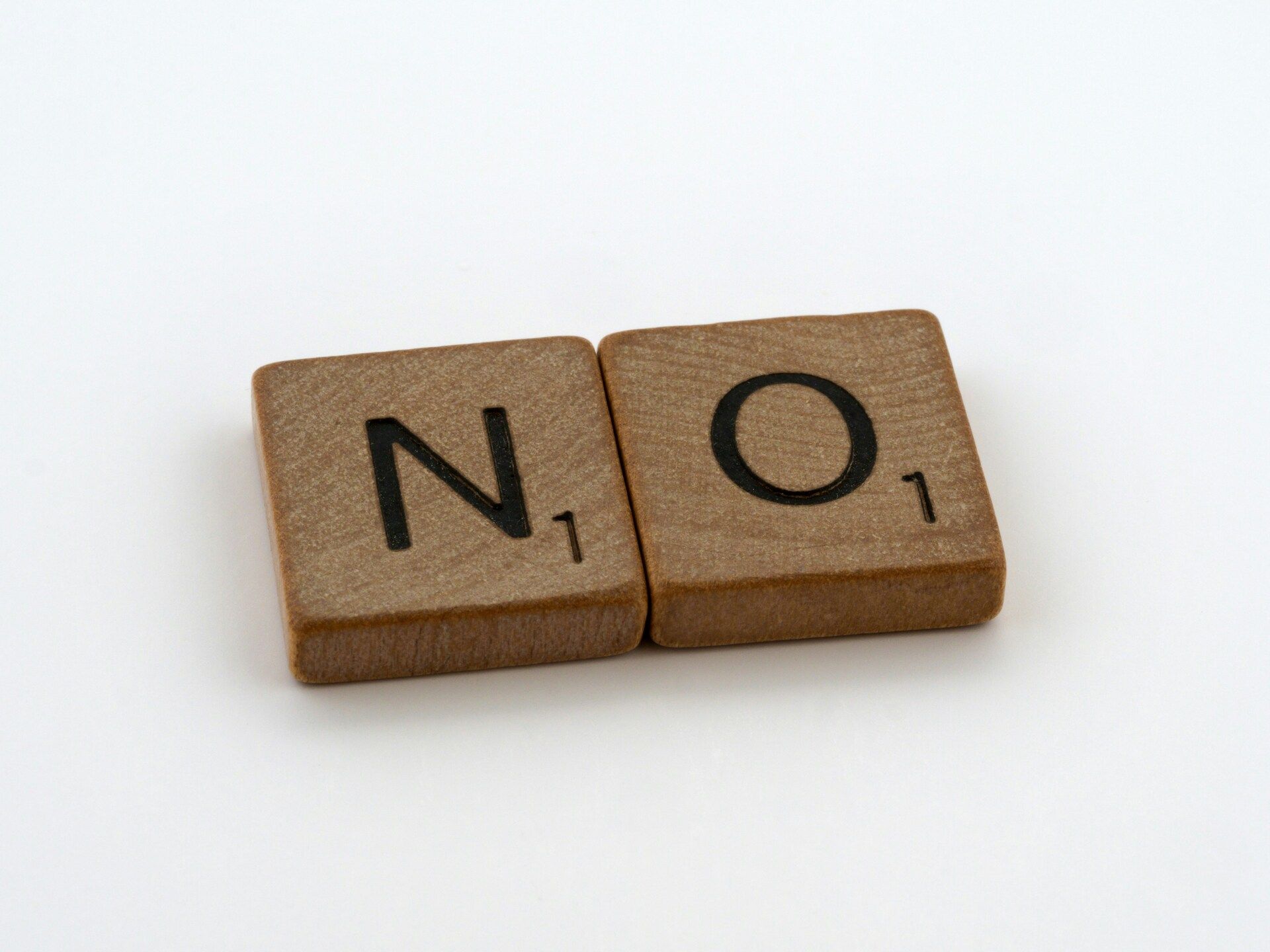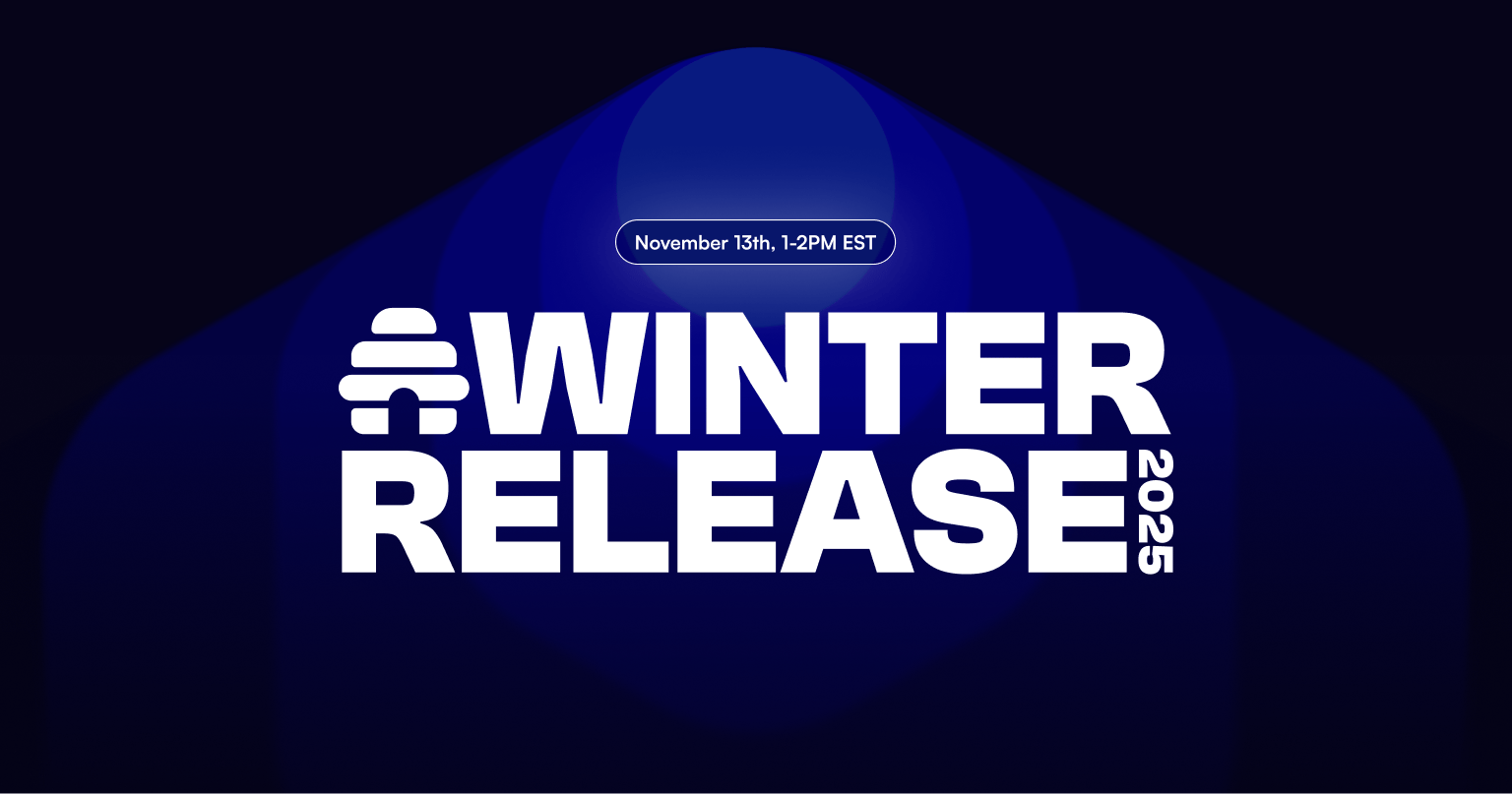- Alan's Tips, Advice, and Humor
- Posts
- Why Saying No Is Harder Than We Think — From Disability Workshops to Gay Bathhouses
Why Saying No Is Harder Than We Think — From Disability Workshops to Gay Bathhouses
I know this because I’m a people pleaser. I have been for most of my life.

It’s Not Always Easy to Say No: What a Workshop Taught Me About Boundaries
We were deep into a conversation about boundaries and consent when his words stopped me in my tracks. I was delivering a workshop on disability and dating to a group of adults with intellectual disabilities. We were talking about what it means to have the right to say no, no to a date, no to a kiss, no to a touch, no to anything that doesn’t feel right. And then, one young man with a disability raised his hand and said, “It’s not easy to say no.”
I paused, nodded, and told him I agreed. Because he was right. It isn’t always easy. And his words stayed with me long after the workshop ended.
I’ve spent much of my career as a sexualities researcher reading, writing, and teaching about consent. I’ve written about its importance as a concept, its role in sexual ethics, and the many ways it intersects with power, gender, and disability. But in that moment, and in the days that followed, I found myself reflecting on that simple sentence and realizing how deeply it resonated with my own life.
The Myth of the Easy “No”
We like to imagine that saying no is simple. But in reality, saying no, especially in relational, social, or sexual contexts, can be layered with complexity. There’s the fear of disappointing someone. The discomfort of confrontation. The worry about being misunderstood, judged, or disliked. And for many of us, there’s a deeply ingrained desire to please others, to be agreeable, to avoid tension.
I know this because I’m a people pleaser. I have been for most of my life. I hate upsetting people. I go out of my way to make sure everyone around me feels comfortable, even if that means sacrificing my own comfort in the process. It’s something I’ve worked on for years, but it’s still there, quietly shaping how I respond to people and situations.
And if I’m honest, that tendency doesn’t disappear in sexual or romantic contexts. If anything, it becomes even more present there.
A Lesson from a Bathhouse in Taipei
I was reminded of all this in a very different setting not long ago: my first visit to a gay bathhouse in Taipei. I’d read about these spaces in books and research articles, but experiencing one in person was something else entirely. They’re fascinating social microcosms, full of unspoken norms and rituals. And, as I quickly discovered, they’re also spaces where consent, including giving it, receiving it, and especially refusing it, is constantly negotiated.
I noticed that many people there were very direct. If someone wasn’t interested, they’d make it clear immediately, often with a simple shake of the head, a step back, or a firm “no.” There was no hesitation, no apology, no elaborate explanation. Just a boundary, clearly and unapologetically set.
And yet, when I found myself in situations where I wasn’t interested, I struggled to do the same. Instead of saying “no,” I found myself saying things like, “Thanks” — hoping they’d catch the tone and understand. I avoided eye contact. I shifted my body slightly away. I relied on subtle cues instead of direct words.
It wasn’t that I didn’t know I had the right to say no, of course I did. It was that something inside me made that simple act of refusal feel complicated. That lifelong instinct to please, to not hurt someone’s feelings, to avoid seeming rude, it was all there, shaping how I responded in that moment.
And as I reflected on it afterward, I thought again of that young man in my workshop. “It’s not always easy to say no.” He was right, and not just for people with intellectual disabilities. For so many of us, across contexts, saying no is far more complicated than we like to admit.
Why “No” Feels Hard
So why is it so hard to say no? Part of the answer lies in how we’re socialized. From a young age, many of us are taught to be polite, agreeable, and accommodating. We’re rewarded for being “nice” and punished — socially, emotionally, sometimes even physically — for being “rude” or “difficult.” Saying no can feel like violating those deeply internalized norms.
For people who are marginalized in some way, whether because of disability, gender, race, sexuality, or other factors, the stakes can feel even higher. Saying no might risk social exclusion, reinforce harmful stereotypes, or trigger backlash. People with intellectual disabilities, for example, are often socialized to comply with authority figures or told that their desires are less important than those of others. In that context, saying no isn’t just hard, it can feel dangerous.
And in sexual contexts, the difficulty is compounded by layers of vulnerability, power dynamics, and expectations. We might fear being labelled “prudish” or “mean.” We might worry about physical safety. We might simply not want to hurt someone’s feelings, even if we’re not interested.
All of this adds up to a simple truth: saying no is a skill. It’s something we have to learn, practice, and consciously cultivate, again and again.
Practicing the Art of “No”
If “no” is hard, how do we get better at it? I don’t have all the answers, but here are a few lessons I’ve been learning, both from my research and from my own life.
1. No is a full sentence.
You don’t owe anyone an explanation for your boundaries. “No” is enough. You don’t have to justify, apologize, or soften it with a dozen caveats. Practicing saying “no” simply and clearly, without adding extra words, can be a powerful step toward reclaiming that right.
2. Practice saying no in small ways.
If saying no in sexual or high-stakes situations feels overwhelming, start with smaller, everyday contexts. Say no to an invitation you don’t want to accept. Say no when a colleague asks you to take on extra work you don’t have time for. These small acts build your confidence and make it easier to assert boundaries when it really matters.
3. Remember that kindness and boundaries can coexist.
Saying no doesn’t have to be harsh or hurtful. You can say no with warmth, with empathy, with kindness. “Thank you, but I’m not interested.” “I appreciate the offer, but no.” Boundaries and compassion aren’t mutually exclusive. In fact, they often go hand in hand.
4. Let go of guilt.
This might be the hardest part for people pleasers like me. But saying no doesn’t make you selfish, unkind, or ungrateful. It makes you honest. And honesty is a gift, both to yourself and to others. When you say no from a place of authenticity, you create space for relationships and encounters that are mutual, consensual, and deeply respectful.
Lessons from “It’s Not Always Easy”
That young man’s words continue to echo in my mind. “It’s not easy to say no.” They remind me that consent isn’t just about the right to say no, it’s about the capacity to do so, the context in which we do it, and the support we need to make it possible.
They remind me that teaching about consent isn’t just about telling people they have a right to refuse, it’s about helping them develop the language, confidence, and self-worth to actually do it. It’s about creating environments where boundaries are respected and refusal is met with understanding, not resentment.
And they remind me, too, that this work isn’t just for others. It’s for me. It’s for all of us. Whether we’re teaching a workshop, navigating a sexual encounter, or simply trying to live more authentically, we all have room to grow in how we practice the art of no.
I don’t have it all figured out. I still struggle with saying no. I still sometimes say “thanks” instead of a direct refusal. I still worry about hurting people’s feelings. But I’m learning. I’m practicing. And I’m realizing that every time I say no clearly, confidently, kindly. I’m not just protecting my boundaries. I’m honouring my needs, my desires, and my right to choose.
And that, I think, is something worth saying yes to.
The Future of the Content Economy
beehiiv started with newsletters. Now, they’re reimagining the entire content economy.
On November 13, beehiiv’s biggest updates ever are dropping at the Winter Release Event.
For the people shaping the next generation of content, community, and media, this is an event you won’t want to miss.

